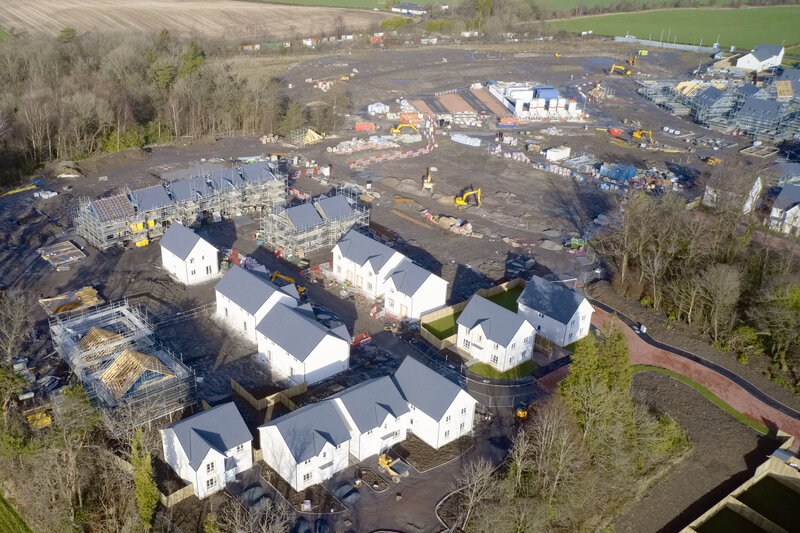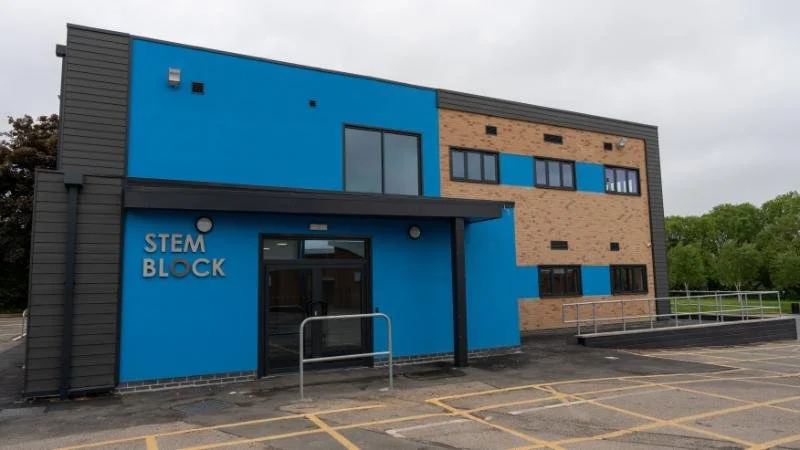Expand your academy through Section 106 and CIL funding
One of the main drivers for the growth in student numbers is housing development. Often, the first sign a school or academy has that it may need capital funding for extra classroom capacity is when houses start to go up in a development plot.
Not just classrooms, but other facilities such as staff room space, changing rooms, parking etc. must all be planned for and funded.
However, this funding may not automatically arrive from the local education authority (LEA), in which case a school or academy must build a case to support more funding.
Council calculations
When new houses are being built, it is often assumed it will mean hundreds of new pupils and a new school. However, a rule of thumb used by LEAs is that 1,000 new homes generate an extra 30 children per year group, or one ‘form of entry’. When a school wants to bid for more capacity it enters a dialogue with the LEA.
It is at this discussion stage when Surveyors to Education (S2e) is usually involved. The LEA must take into account demand, existing spare capacity within its area, any negative effect on other schools and value for money for taxpayers. The authorities will only release the money they hold if a school makes a good case.
Each LEA does things slightly differently and our job is to work with them to present as strong and compelling a case as possible on behalf of a school so that it can justify its decision to the public and to other schools in its area.
Sources of funding
LEAs have several sources of funding to help schools expand to cope with increased demand:
Section 106 funding
Local authorities can secure funding from housing developers under Section 106 of the 1990 Town and Country Planning Act to support capital projects to offset increased demand on local infrastructure. This may be a quick calculation between the planning and education authority.CIL funding
Similar to S106 funding, the Community Infrastructure Levy (CIL) is a contribution made by developers, usually per house, as part of its planning application. The money is collected over time into a ‘pot’ and distributed in relatively large amounts in a strategic and long term way.Basic need funding
Central government can make grants to local authorities if population numbers are increasing without significant housing development taking place. If a school is receiving more appeals for places due to creeping increases, then the local authority can distribute the funding to local schools and academies as part of a strategic plan.
Avoiding potential pitfalls
According to Schools Week, secondary schools alone will have to cope with more than 400,000 extra pupils by 2027. Demonstrating the need to expand continues to be a pressing issue but it isn’t necessarily a straightforward process for the following reasons:
Complicated application processes
Complex relations between different levels of local authorities
Difficulty in accurately predicting increased pupil numbers
Length of time from detecting a need to commencing a funded expansion programme
Schools negotiating directly with developers, often leads to a worse deal
S2e are specialists in working with LEAs to secure funding for schools and academies which need to expand.
We also offer support in the design, planning, contractor selection and project management of capital projects, estate management and strategic planning. To arrange a meeting to discuss your requirements, contact S2e or email enquire@s2e.org.uk.









